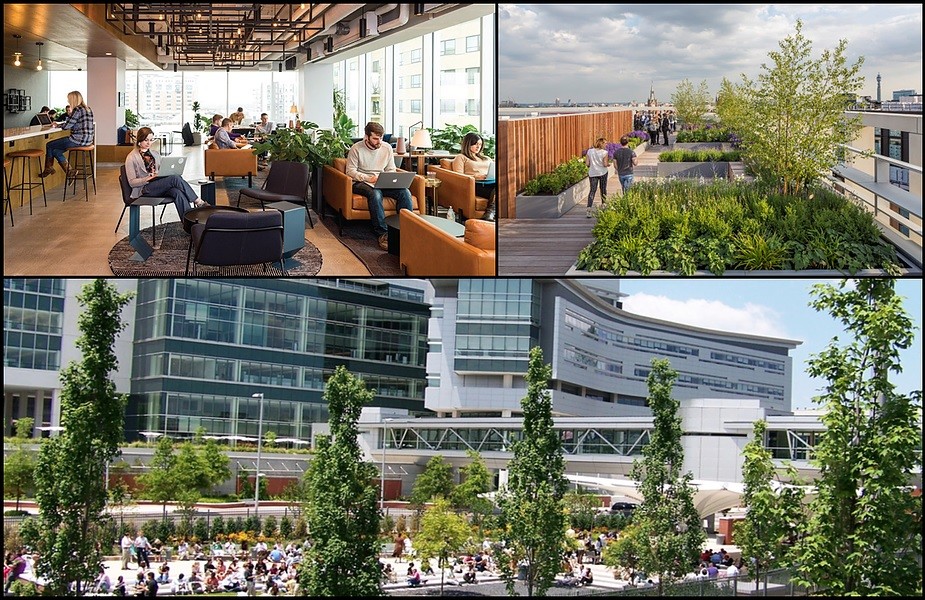Communal Living: Co-living Communities’ Social Influence
The rise of co-living communities has sparked a paradigm shift in residential living. Beyond providing shared spaces, co-living communities wield a significant social impact, influencing the way individuals connect, live, and build communities.
Fostering Social Connections and Collaboration
At the core of co-living communities is the emphasis on social connections. Residents share living spaces, creating an environment that naturally fosters collaboration and interaction. The communal nature of these communities encourages residents to engage with one another, fostering a sense of camaraderie and shared experiences.
Diversity and Inclusivity
Co-living communities inherently promote diversity and inclusivity. Residents come from various backgrounds, professions, and cultures, creating a melting pot of perspectives and ideas. This diversity enriches the communal experience, encouraging residents to broaden their horizons, challenge preconceptions, and cultivate an inclusive environment where everyone feels valued.
Shared Resources and Sustainability
Co-living communities contribute to sustainability by maximizing the efficient use of resources. Shared spaces, amenities, and utilities reduce individual consumption, promoting a more environmentally conscious lifestyle. This sustainable approach aligns with a collective mindset, where residents actively participate in reducing their ecological footprint through shared responsibility.
Community Events and Social Programming
To enhance the social fabric, co-living communities often organize community events and social programming. From workshops and seminars to communal meals and recreational activities, these events provide opportunities for residents to connect on a deeper level. The curated social calendar fosters a sense of belonging and contributes to a vibrant community spirit.
Supportive Living Environment
The social impact of co-living communities extends to creating a supportive living environment. Residents share not only physical spaces but also emotional support. The communal setting facilitates the formation of strong social bonds, and residents often become each other’s support system, offering assistance, encouragement, and companionship.
Addressing Urban Isolation and Loneliness
In urban settings, feelings of isolation and loneliness can be prevalent. Co-living communities directly address this societal challenge by providing a built-in social network. The sense of belonging and regular social interactions mitigate the negative effects of urban isolation, contributing to residents’ overall well-being.
Collaborative Learning and Skill Sharing
Co-living communities act as hubs for collaborative learning and skill sharing. Residents bring diverse skills and expertise to the community, creating an environment where knowledge exchange flourishes. Whether through informal discussions, workshops, or shared projects, co-living communities become platforms for continuous learning and personal development.
Impact on Mental Health and Well-being
The social impact of co-living communities is particularly evident in the positive effects on mental health and well-being. The sense of community, social support, and shared experiences contribute to a healthier living environment. Residents often report higher levels of life satisfaction, reduced stress, and an increased sense of purpose within the communal setting.
Community Outreach and Social Responsibility
Beyond the confines of their physical spaces, co-living communities often engage in community outreach and social responsibility initiatives. This can include partnerships with local organizations, volunteering efforts, or community development projects. The social impact extends beyond the residents to positively influence the surrounding neighborhoods and cities.
Visit Co-living Communities Social Impact for More Information
To delve deeper into the social impact of co-living communities, explore Co-living Communities Social Impact. Discover how these innovative living arrangements are reshaping the way individuals connect, collaborate, and contribute to a more socially conscious and interconnected society.
In conclusion, co-living communities are not merely about shared living spaces; they represent a transformative approach to residential living with profound social implications. The emphasis on fostering connections, promoting diversity, and addressing societal challenges positions co-living as a powerful force in shaping the future of communal living and social interaction.

